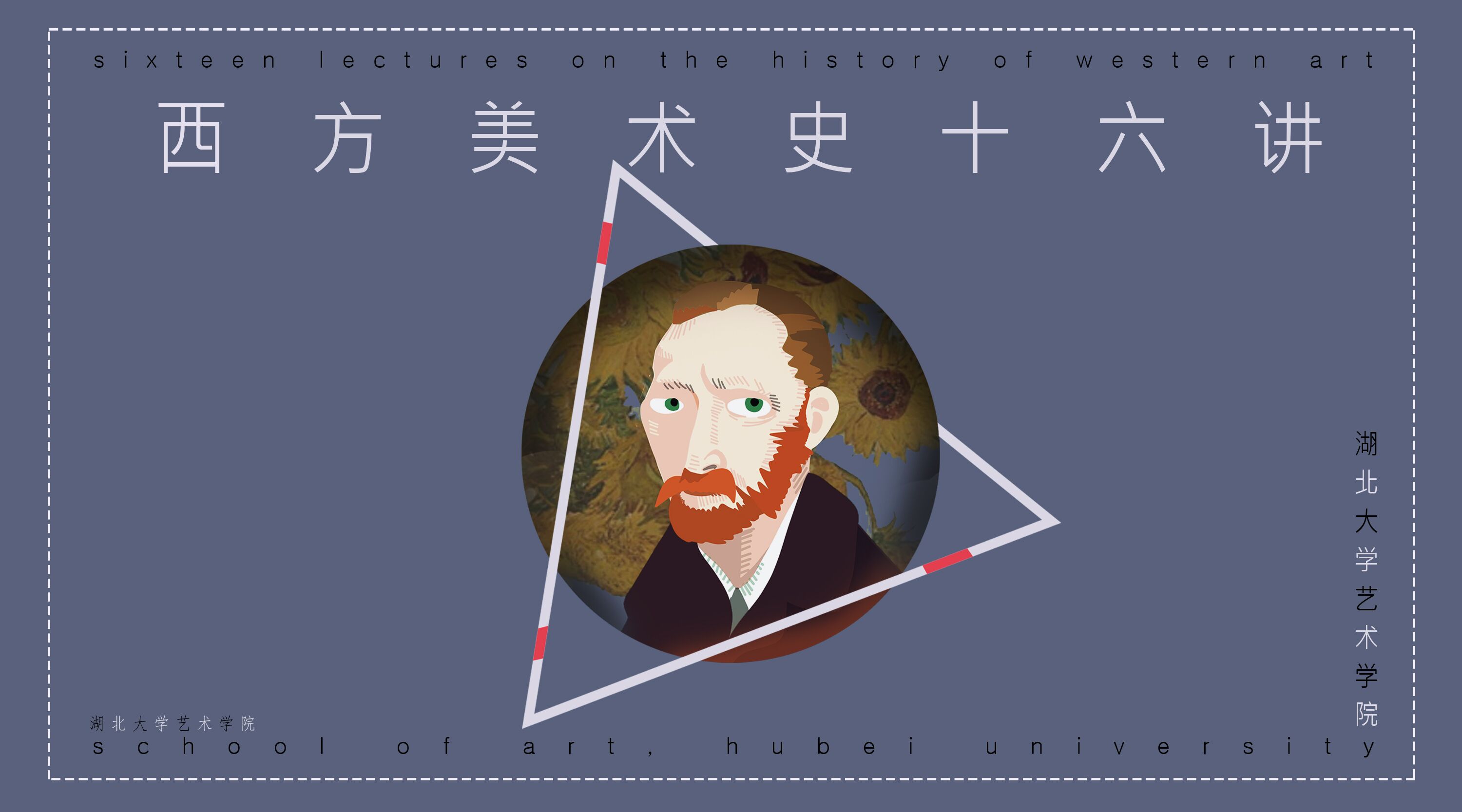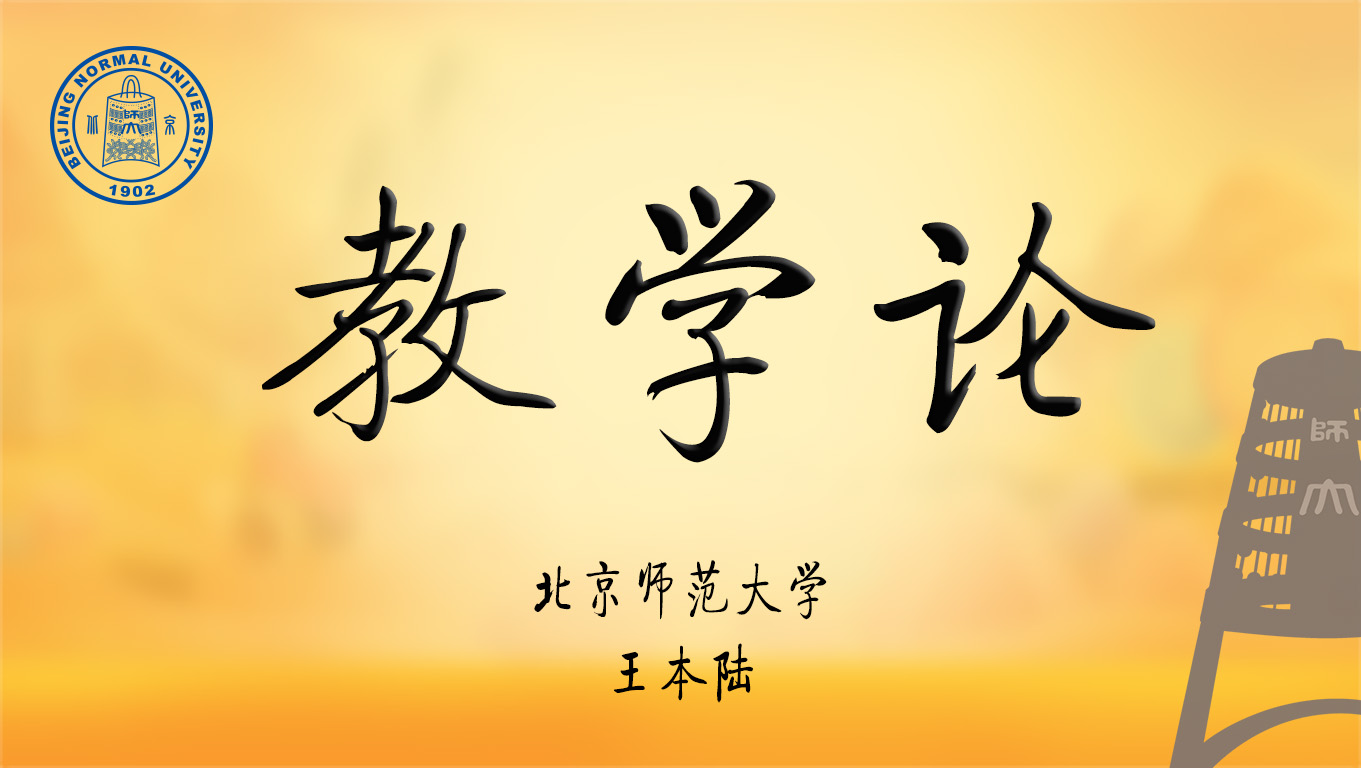
当前课程知识点:Culture and Tourism(International Edition) > Week 3: Heritage System: Managing and Safeguarding World Heritage Sites > 3.1 The Australia’s Heritage System and Sydney Opera House > 3.1.2 Case Study: The Sydney Opera House
返回《Culture and Tourism(International Edition)》慕课在线视频课程列表
返回《Culture and Tourism(International Edition)》慕课在线视频列表
讲完第一个主题 接下来讲第二个主题
我接下来要讲的是澳大利亚
在世界遗产名录上最杰出的地方之一悉尼歌剧院
悉尼歌剧院位于一个突出的半岛的顶端
伸入悉尼港 靠近皇家植物园和悉尼港大桥
在这里可以看到植物园
建筑的建筑形式包括三组连锁的拱形货架
这是一种屋顶 包含了餐厅里的两个主要表演大厅
位于一个巨大的台地平台上 称为讲台
周围是台地
该功能可作为行人比赛场地
该建筑群包括一千多个房间
其中大部分位于讲台内
几乎所有的技术功能都是这样一个表演艺术空间
这张图片 我们可以看到悉尼歌剧院第四版保护管理计划
悉尼歌剧院是由约翰·沃森设计的
但也有很多人参与其中
它建于1958-1973年间
该遗址的第一个保护管理计划是由澳大利亚
杰出的遗产建筑师James Ker在1973年制定的
在1980年被提名为世界遗产
但在2006年没有被再次提名
我会讲到这两个提名
2007年被列入《世界遗产名录》
这个保护管理者的保护管理计划是第四个产生的计划
它由三百多页组成
它可以在网上免费下载
虽然悉尼歌剧院经常被认为是分三个阶段建造的
这对理解它的建筑组成的三个关键元素的历史是有用的
平台是在1958年到1961年之间建造的
电压外壳是在1962年到1967年之间的第二阶段建造的
玻璃幕墙和内部被公认为是
从1967年到1973年第三阶段建造的
建筑师Jørn Utzon可以看到整个设计
并监督讲台和电压外壳的施工
玻璃墙和内部由建筑师Peter Hall设计并监督其施工
由线路支持 并与新南威尔士州政府建筑师一起
在Utzon离开后的至少18个月里
彼得·霍尔一直在和他讨论设计的各个方面
在阿拉伯及其合作伙伴中
一家工程公司提供了三个建设阶段的工程技术
重要的是 这是一个非常有争议的建筑
当它建成的时候 它大大超出了预算 有很多人抗议
这是一个非常有趣的位置
因为它现在是悉尼和澳大利亚的标志性部分
1980年 澳大利亚人提名
在设定中被称为悉尼歌剧院
包括悉尼港大桥和悉尼港周围的水波
1981年4月 国际古迹遗址理事会建议推迟列入拟议的文化遗产
国际古迹遗址理事会认为
澳大利亚提出的以标准一为基础的世界遗产名录上的题词
似乎并没有表明自己的立场
因为歌剧院是国际古迹遗址理事会在雕塑建筑方面
进行的一系列实验的一部分
国际古迹遗址理事会还认为
这是一个现代的建筑师的工作品
也就是说 你就职还不到十年就被提名了
国际古迹遗址理事会认为自己没有能力
根据标准二就最终可受理性发表意见
把一座不到十年的新建筑列入世界遗产名录的想法
对国际古迹遗址理事会提出了很大的挑战
在1991年于巴黎举行的世界遗产委员会主席团第五届会议上
主席团和我认为
只有当有明确证据表明现代建筑已经确立
或是引用的独特建筑风格的杰出范例时 才应接受它们
不过 主席团当时也表示有兴趣根据悉尼港的突出特点
接受一项经修订的提名
这样的提名可能包括歌剧院和悉尼海港大桥等建筑
但不会构成其主要元素
澳大利亚非常不愿意采纳这一建议
因为在某些方面
提名第一个定居点的地点与土著人民有争议。
所以在2005年和2006年的财产被重新提名花了很多时间和思考
它是根据世界遗产标准被提名的
其中一个是关于一个杰出意义的纪念碑
应用标准一的论证是在提名速度方面沿着三条线展开的
它是一个杰作 是现代建筑
它有多重的创造力
一个伟大的城市雕塑 一个巧妙的综合建筑思想
二是作为结构工程和技术创新的突出成果
三是二十世纪举世闻名的标志性建筑
根据缔约国 即澳大利亚歌剧院是站在普世价值角度是二十世纪的杰作
是二十世纪的建筑遗产
它的重要性被证明 但无与伦比的和开创性的设计和建设
它卓越的工程成就和技术创新 是世界著名的建筑标志
他们说 悉尼歌剧院打破了现代主义的正式传统
定义了一种新的表达形式的公民纪念碑
这是一个大胆而富有远见的实验
它对二十世纪及以后的新兴建筑产生了持久的影响
Utzon最初的设计理念和他独特的建筑方式
激发了建筑师 工程师和建筑商的集体创造力
设计代表了对悉尼港环境的非凡诠释和回应
尽管歌剧院被认为具有世界遗产价值的方式
我只想简单地提一下提名世界遗产的原因
在这张图中 你可以看到悉尼港 这里是歌剧院
提名部分包括5.8公顷 这是世界遗产语言的核心区域
它所对应的地点现在已经有一个很长的点了
就是悉尼歌剧院所在的这幅图
就是这个黑色区域 面积很小
建议的缓冲区 在这张图中是阴影区
包括438.1公顷
它的设计是为了保护与悉尼港环境相关的财产的普世价值 ”
一个缓冲区以港口内水为中心
包括港口周围2.5公里半径内的一些地方
这些地方被认为是悉尼歌剧院进出的关键景观
因此 缓冲区在很大程度上取决于
歌剧院视觉设置上的视觉位置
它是现代管理 并已在最近的和第四次保护管理计划合同中表达
有一些与歌剧院有关的关键问题
首先 要尊重Utzon的愿景
将其视为悉尼歌剧院使用 维护和管理的灵感
因为悉尼歌剧院的内部设计是
由不同的人设计的
现在决定回到Utzon希望的建筑设计原则
我们还希望确保在基地内外的使用
活动或变化不会威胁或削弱Utzon对悉尼歌剧院非凡的设置 形式
人物手法和到达体验的愿景
第三 确保用户在歌剧院的活动或变化不会威胁
或减少歌剧院作为全国重要的表演艺术中心的主要用途
它的重要用途是作为艺术中心
而不是旅游景点 但它当然也是旅游景点
第四点是理解和尊重他人的贡献
尤其是Peter Hall和Ove Arup
以及他们的团队在完成悉尼歌剧院的时候
虽然外部是歌剧院的主要灵感来源
但也承认其他人在其创作中发挥了作用
在所有方面 包括照顾 管理 表现和变化
都要保持卓越的表现
这与Utzon对悉尼歌剧院的非凡和鼓舞人心的愿景是一致的
最后 该计划当然说要维护和保护国家
民族和世界遗产的价值 有趣的是 它没有提到当地
简单总结一下歌剧院
它是一个重要的案例研究因为它挑战了
1970年世界遗产公约中表达的遗产的概念
因为它是一个现代和当代的建筑
这是一座纪念碑 也是20世纪建筑的最新例子
它要求世界遗产委员会更全面地考虑
现代建筑和二十世纪文化景观在世界遗产名录中的地位
世界遗产名录要求歌剧院的遗产管理者考虑
它是如何成为世界性的国家区域性的
我要补充的是 当地的价值观可以得到管理
以尊重不同层次的重要性
-1.1 Introduction course outline and UNESCO World Heritage Program
--1.1.1 Introduction of culture and tourism course outline
--1.1.2 Introduction of UNESCO World Heritage Program(1)
--1.1.3 Introduction of UNESCO World Heritage Program(2)
-1.2 Cultural Heritage-1
--1.2.1 The meaning of culture heritage
--1.2.2 Criterion(i): masterpiece of human creative genius
--1.2.3 Criterion(ii): exhibit important interchange of human value
--1.2.4 Criterion(iii): bear a unique or at least exceptional testimony
--How can the public understand the importance of heritage?
-1.3 Cultural Heritage-2
--1.3.1 Criterion(iv): an outstanding example in human history
--1.3.2 Criterion(v): represent a culture or human interaction with environment
--1.3.3 Criterion(vi): associated with living traditions of outstanding universal significance
-1.4 Natural Heritage
--1.4.1 Natural heritage features, formations and criterions
--1.4.2 Cases studies of natural heritage
--Cultural landscape meanings: The case of West Lake, Hangzhou, China
--Week1 quiz
--How to access heritage of your hometown?
-2.1 Mixed Culture and Natural Heritage
--2.1.1 Mixed heritage operational guidelines and cases (1)
--2.1.2 Mixed heritage operational guidelines and cases (2)
--2.1.3 Mixed heritage operational guidelines and cases(3)
-2.2 Authenticity, Integrity and Cultural Routes
--2.2.1 How to determine authenticity and integrity
--2.2.2 Heritage routes and heritage canals (1)
--2.2.3 Heritage routes and heritage canals (2)
--What do you think about cultural heritage categories?
-2.3 Special Heritage and Sustainable
--2.3.1 Physical remains of the history of technology and industry
--2.3.2 Transboundary Heritage, Serial Heritage, Serial/Transnational Heritage
--2.3.3 Intangible cultural heritage
--2.3.4 UNESCO World Heritage and Sustainable Tourism Programme
--Recovering the Memory of Ourselves for the Sustainable Cites
--Week 2 quiz
--What do you think about cultural heritage categories?
-3.1 The Australia’s Heritage System and Sydney Opera House
--3.1.1 The Australian Heritage System
--3.1.2 Case Study: The Sydney Opera House
-3.2 Role of the ISCCL and Cultural Landscape (1)
--3.2.2 Uluru-Kata Tjuta National Park
--3.2.3 Honghe Hani Rice Terraces
-3.3 Role of the ISCCL and Cultural Landscape (2)
--3.3.1 West Lake cultural landscape (1)
--3.3.2 West Lake cultural landscape (2)
-3.4 Rural Landscapes as Heritage
--3.4.1 ISCCL Principles Concerning Rural Landscapes as Heritage
-3.5 Case Study: Mongolian Altai
--3.5.1 Nature Culture Integration & the Mongolian Altai(1)
--3.5.2 Nature Culture Integration & the Mongolian Altai(2)
--Week 3 quiz
--Discussion: What do you think is the role of ISCCL?
-4.1 Introduction of the Meaning of 'landscape’
--4.1.1 Brief introduction of landscape and culture
--4.1.2 The conceptual framework of cultural landscape
-4.2 Landscape Values
--4.2.1 The word “landscape” itself and differences in Western, Eastern
--4.2.2 Cultural significance for heritage source
--Discussion: What do you think the cultural landscape attracts you?
-4.3 Reading the Landscape: Identification and Assessment
--4.3.1 Planning model for heritage conservation management policy
--4.3.2 Cultural landscape resources evaluation steps
--Article: Cultural mapping: Intangible values and engaging with communities with some reference to As
-4.4 Case Study: Wingecarribee Historic Landscape
--4.4.1 Case study:Wingecarribee historic landscape study(1)
--4.4.2 Case study:Wingecarribee historic landscape study(2)
--Week 4 quiz
--Discussion: What should we do to strengthen the protection of cultural landscape?
-5.1 Indigenous Tourism
--5.1.1 Indigenous tourism background
--5.1.2 World heritage and indigenous peoples
--5.1.3 Tourism issues at Canadian indigenous world heritage sites
--Discussion: What challenges indigenous World Heritage faces?
--Article: State conceptions of indigenous tourism in Chile
-5.2 Case Study and Conclusion: Great Expectations for Tourism
--5.2.1 Case study Pimachiowin Aki
--5.2.2 Conclusions:Great Expectations for Tourism
--Disussion: Do you have any experience of indigenous tourism?
--Week 5 quiz
-6.1 The Definition of Heritage in Heritage Performance Study
--6.1.1 The definition of heritage in heritage performance study
--6.1.2 Heritage performance and meaning making
--6.1.3 Two key issues emerging from qualitative study
-6.2 Heritage Performance - Evidence from Australia, England and USA
--6.2.1 Heritage performance - reinforcement
--6.2.2 Heritage Performance - inter-generational communication and social values
--6.2.3 Heritage performance - recognition and respect
--6.2.4 Heritage performance - education
--Article:Theorizing museum and heritage visiting
-6.3 The Conclusion of Heritage Performance
--6.3 The conclusion of heritage performance
--Week 6 quiz
--Discussion: What kinds of heritage performances have you learned in this week?
--Final test




